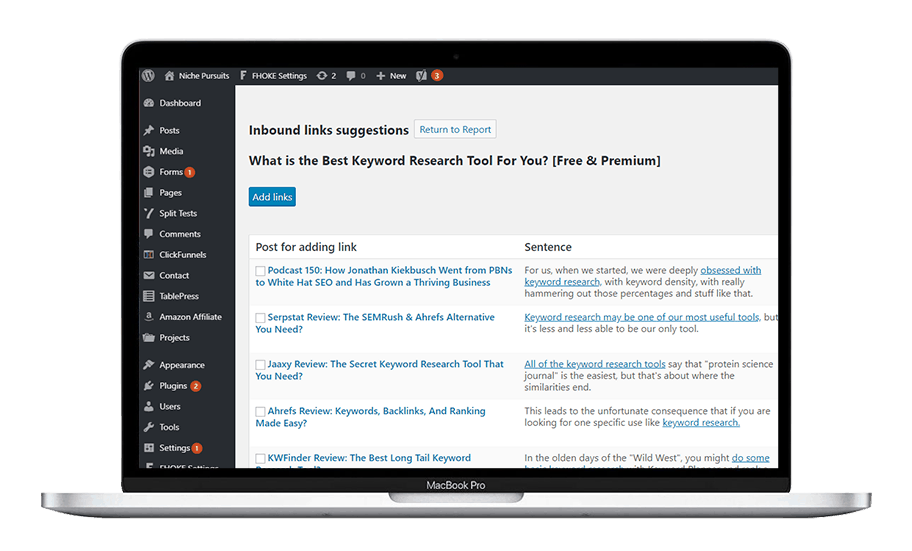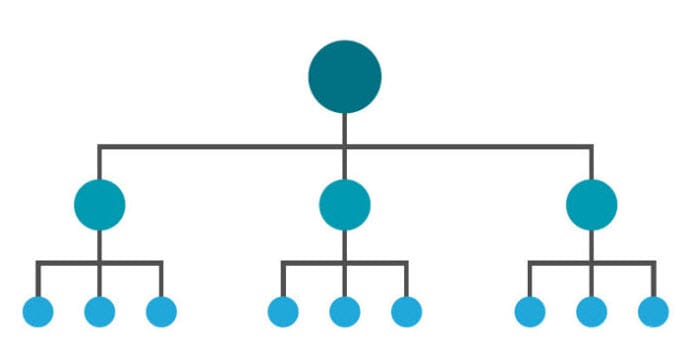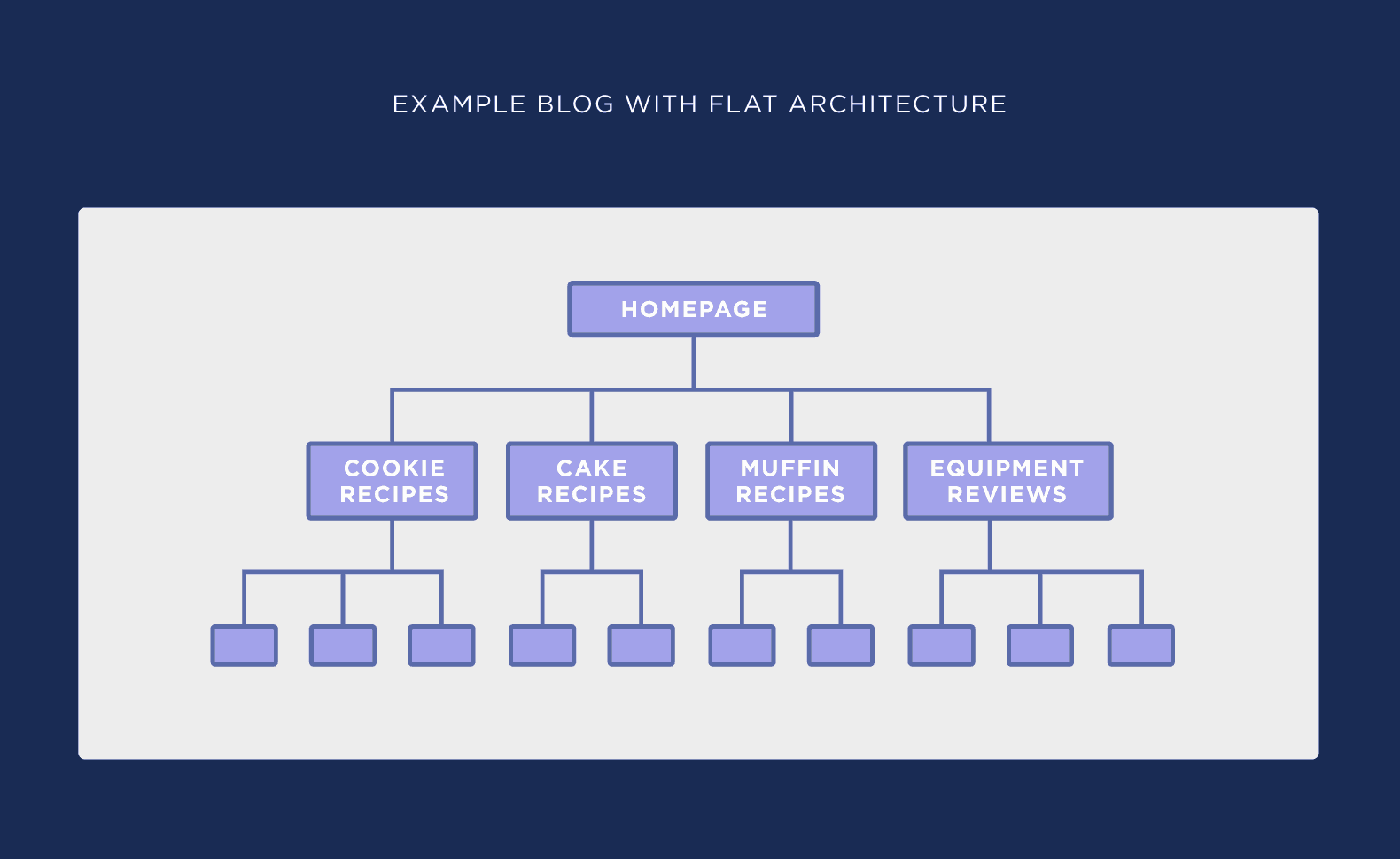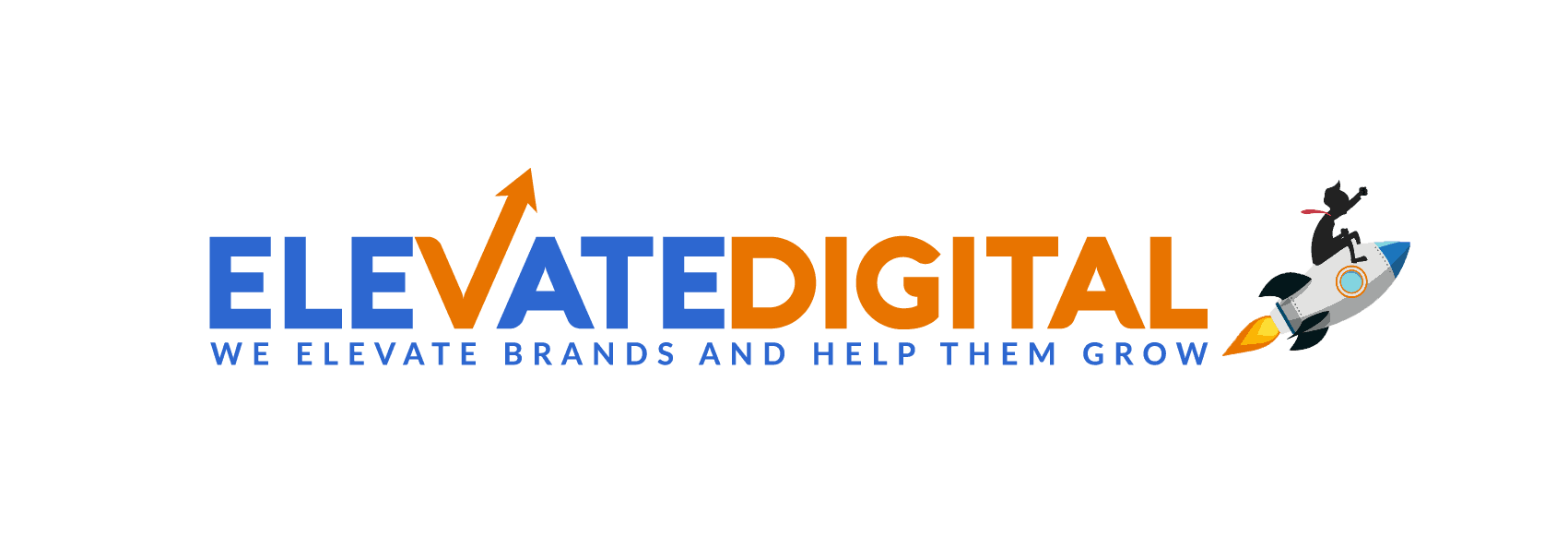**Updated For 2021** Search Engine Optimisation (SEO) is often seen as a daunting task.
Which is a shame as it means a lot of businesses never get to experience the incredible results it can bring.
I mean, who wouldn’t want a constant stream of highly-targeted traffic landing on their site every day?
The good news is, there are some quick-wins you can implement that can have a significant impact in your traffic!
These tactics will help you lay some really solid SEO foundations to get you ranking higher in the search engines.
SEO Quick-Win 1: Optimise Your Internal Links
Internal linking is one of the easiest, yet most underutilised SEO tactics out there!
Neil Patel even talked in one of his blogs about how he grew his traffic to 195,013 visitors a month by combining a solid internal linking strategy with 4 other SEO tactics.
If you’re not familiar with the term, internal linking is about connecting one page of your website to another page of your website.
The reason this is so powerful is because it helps Google to understand the natural flow of your website.
It also helps to create a better user experience which is another big plus in Google’s eyes!
If your website is hosted on WordPress, you’re in luck!
There are some great plugins out there like LinkWhisper which do all the hard work for you by scanning your entire site for link opportunities.

SEO Quick-Win 2: Optimise Your Title Tags & Meta-Descriptions
Title tags and meta descriptions used to be one of the most critical elements of an SEO campaign.
These days, search engines are much better at reading the overall content and context of the page itself.
However, these two things still play an incredibly important part in your search rankings.
For one, they still play a part in helping the search engines decide what keywords your page should be ranking for.
But more importantly, this is what the user will see when they’re making a search!
As such, it can have a huge impact on your click-through-rate and how much traffic is actually coming to your website, instead of your competitors.
There are 4 main points to consider when writing a title tag and meta descriptions.
- Do the important parts of title tag and meta-description fit within the character limits on Google?
- Are they contextually relevant to the article or page itself?
- Do they make people actually want to click on them?
- Do they both contain the primary keywords you’re looking to rank for?
Again, if you’re using WordPress, there are also some brilliant free plugins like RankMath which can further help you optimise your title tag and meta description.
They even show you a handy preview of how the link will display in Google so you can make sure it fits.
SEO Quick-Win 3: Create Online Directory Listings & Social Media Links

Another quick-win is in creating listings for your business in online directories and social-media platforms.
Whilst these kind of sites usually create no-follow links (meaning they don’t carry much SEO juice so to speak) they can still send a positive signal to search engines by showing you have a solid online presence.
If you already have these set up, you’ll want to ensure these are all 100% accurate and up-to-date.
Even something as simple as having your address as “London St” on one site and “London Street” on another can trigger alarm bells for search engines.
Tools like MozLocal can be a great help for both setting up AND managing these listings in bulk.
Also, be sure that all of your social media channels are linking back into each other (and your website) creating a spider-web type effect.
SEO Quick-Win 4: Pursue Easy Link-Building Opportunities
Building high-quality links is one of the core components for any solid SEO campaign.
Link-building and content marketing is one of the primary areas we’ll focus on with our own Managed SEO Services. At least once we’ve taken care of the on-page optimisation
However, this process can also be one of the most time-consuming tasks, as a proper link-building campaign can require hours of research and manual outreach.
It’s often also combined with heavy content marketing efforts through things like guest-posting on other websites.
There are a number of ways you can start building link to your website as highlighted in this fantastic article by SEMrush.
The good news is, there are usually also a number of quick and easy wins or low-hanging fruit to get you started…
Find where you’ve linked to external sites and ask for a backlink in return
If you currently have a blog on your website, you’ve probably already linked to some external sites.
If not, you’ll want to start doing this as linking out to a high-authority domains has been shown to improve SEO.
As an example; We’ll often refer to tools we use or other companies we work with. When we do this, we’ll usually link back to that website.
When you do, just drop an email to the company with a link to your article and say “Hey, just gave you guys a mention in our latest blog post, if it’s not too much to ask, would you mind giving us or link back or maybe re-sharing the post.”
Or, if you already have a relationship with that company, just pick up the phone and ask! 🙂
Ask companies you work with if you can leave a testimonial in exchange for a backlink
Another great trick I recently picked up from Neil Patel is to find companies that you currently use (think software tools, suppliers and vendors) and ask if you can leave them a review or video testimonial in exchange for a backlink.
Companies often love to display video reviews or testimonials on their website, and will usually be happy to return the favor in the form of a link.
Approach friends, family or connections to ask if they’d be willing to link to your site
This is probably one of the easiest yet most underutilised ways of getting links.
Most of us will know or be closely acquainted with another business owner who could link back to our site.
However, you’ll want to make sure it’s a relevant site and you can link to each other in an organic way.
Search Engines are now extremely good at determining the context and relevance behind a link.
For example if you run a wellness brand and you have random links from gambling websites that are just hidden within the page, this could actually do more harm than good.
If on the other hand, you have a link from an executive coaching company talking about the importance of wellness in the workplace; this would be deemed as contextually relevant, and therefore carry much more SEO juice.
Brian Dean from Backlinko goes into this in much more detail in his complete List of Link-Building Strategies.
Sign up to press platforms like HARO and start contributing
HARO (which stands for Help A Reporter Out) is a free service that helps connect journalists with experts in a number of different fields.
When you sign up to the platform, you simply need to choose your area of expertise. You’ll then receive a daily email with a list of journalists who are looking for answers, comments, interviews, etc on a range of topics.
HARO also works with some of the worlds largest media outlets such as Forbes Magazine, TIME and The Wall Street Journal.
So not only can this be an incredible way to get free exposure and press mentions; but it’s an easy and stress-free way of getting high-quality contextual links to your website.
SEO Quick-Win 5: Create Content Silo’s

This is really about changing the way you view your content strategy and becoming more intentional with the content creation process.
In a nutshell the idea behind a content silo is that you have a primary keyword (or several) that you want to rank for.
If you don’t already have a solid keyword strategy in place, be sure to check out our recent blog How To Pick The Right Keywords For SEO
Once you’ve got these identified, you can then break those keywords down into multiple layers of sub-topics; effectively creating the SEO architecture for your site.
Check out the example below by Backlinko:

Examples of further sub-topics for the Cookie Recipes might be:
- Vegan Cookie Recipes
- Paleo Cookie Recipes
- Quick & Easy Cookie Recipes
The reason for this, is that it gives more substance and weight to the main page you’re looking to rank for. In the process, it can also have a dramatic impact on your SEO and related keyword coverage as you explore further sub-topics.
If you implement all of the above suggestions, you’ll be well on your way to generating more high-quality traffic to your website 🚀
And as always, if you’d like help formulating your own strategy to skyrocket your traffic, leads and sales, be sure to book your FREE Digital Review below:
Want personalised advice on your website & SEO?
Book your FREE digital review today and we’ll record you a 10 minute video looking at your current strategy and suggest some ways you could significantly increase your results!
- Highly-Effective DTC Marketing Strategies & Examples - February 28, 2024
- How To Set Paid Media Marketing Budget - October 16, 2023
- The Ultimate Guide To A/B Testing - September 23, 2023








